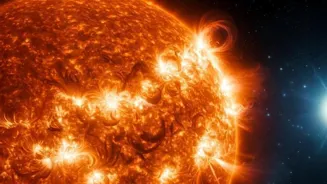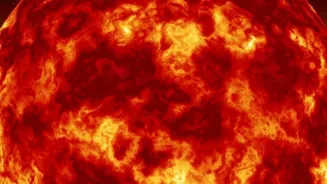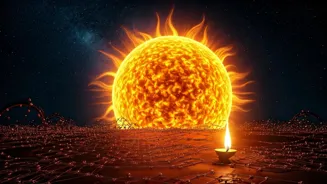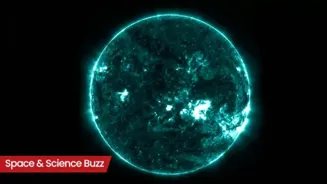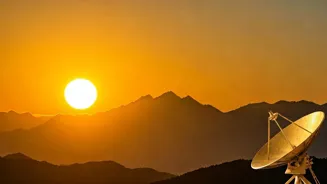Unveiling the Mysteries of Space Weather: Impact on Earth & Technology. Explore the unseen forces shaping our world!
We often hear about weather forecasts predicting rain, sunshine, or storms. But there's
another type of weather, far beyond our atmosphere, that can significantly affect our lives here on Earth: space weather.
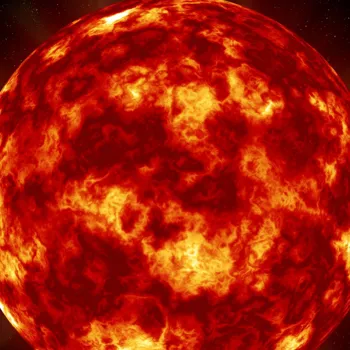
Space weather refers to the conditions in space that are influenced by the sun, primarily the solar wind, coronal mass ejections (CMEs), and solar flares. Understanding space weather and its potential impacts is becoming increasingly important as our reliance on technology grows.
So, what exactly is space weather, and how does it affect us?
Space weather originates from the sun's activity, impacting Earth's magnetic field and atmosphere
Space weather originates from the sun's activity. The sun constantly emits a stream of charged particles known as the solar wind. This wind travels throughout the solar system, interacting with Earth's magnetosphere, the protective magnetic field that surrounds our planet.
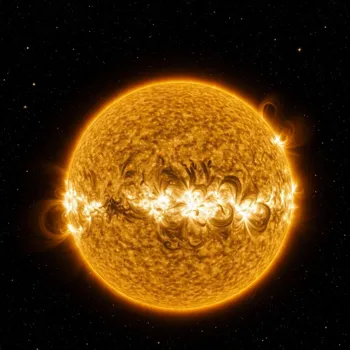
Solar flares are sudden bursts of energy from the sun's surface, while CMEs are massive expulsions of plasma and magnetic field from the sun's corona (outer atmosphere).
These events can send large amounts of energy and particles hurtling towards Earth, causing disturbances in our planet's magnetic field and upper atmosphere. Such disturbances are what we call space weather.
Auroras indicate geomagnetic storms and satellite vulnerabilities
One of the most visible effects of space weather is the Aurora Borealis (Northern Lights) and Aurora Australis (Southern Lights). These breathtaking displays of colored light occur when charged particles from the solar wind collide with atoms and molecules in Earth's atmosphere.
The collisions excite these atoms, causing them to emit light of different colors. While auroras are beautiful to behold, they are also an indication that Earth is experiencing a geomagnetic storm, a major disturbance in the Earth's magnetosphere caused by space weather events.
Satellites are also vulnerable to the effects of space weather. They can be damaged by radiation and charged particles, leading to communication disruptions, navigation errors and even complete satellite failure.
Because satellite systems are essential for everything from TV broadcasting to GPS navigation and weather forecasting, this has serious impacts on daily life.
Ground-based technologies vulnerable to geomagnetic storms; GICs overload power grids, disrupt communications
Ground-based technologies are also susceptible. Geomagnetically induced currents (GICs) can flow through long conductors like power grids and pipelines during geomagnetic storms creating potential problems. GICs can overload power transformers, leading to power outages.
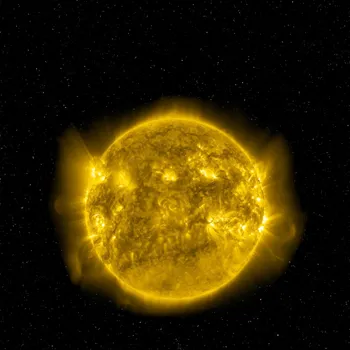
They can also accelerate corrosion in pipelines. High-frequency (HF) radio communications, used by aircraft, ships, and emergency services, can be disrupted during space weather events. Solar flares can also cause radio blackouts, making it difficult or impossible to transmit signals.
These disruptions can be particularly problematic for aviation and maritime activities.
Scientists improve space weather forecasting for technology protection
Scientists are continuously working to improve space weather forecasting. By monitoring the sun's activity and tracking CMEs and solar flares, they can predict when space weather events are likely to occur and issue warnings to operators of critical infrastructure.
Forecasting space weather is a complex endeavor, involving a combination of ground-based and space-based observations and sophisticated computer models. However, as our understanding of the sun and its influence on Earth improves, space weather forecasts will become more accurate and reliable.
Protecting ourselves from space weather requires both prediction and mitigation strategies since it affects our technology.
Efforts to reduce risks of space weather on technology
Steps are being taken to mitigate the risks posed by space weather. For instance, power grid operators are hardening their systems to reduce the impact of GICs. Satellite operators are taking precautions to protect their spacecraft during space weather events.
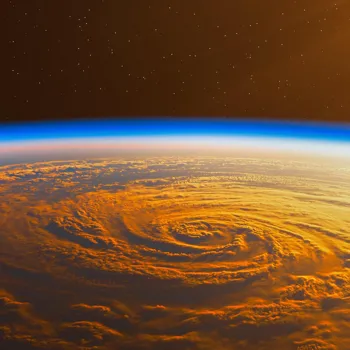
Governments and international organizations are also working together to develop standards and best practices for managing this new form of weather.
By understanding the science behind space weather and taking proactive steps to mitigate its effects, we can reduce our vulnerability and protect the technology that we rely on.
AI Generated Content. Glance/InMobi shall have no liability for the content